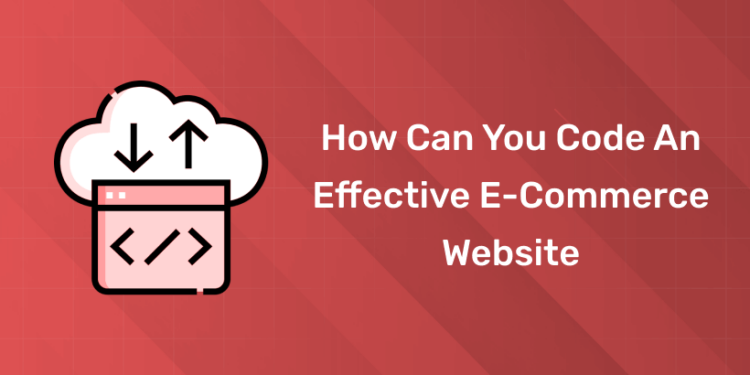Table of Contents
E-commerce has become a key part of today’s digital world, and it doesn’t look like it’s going anywhere anytime soon. In fact, in the coming years, we can expect to see E-Commerce become an even bigger part of our lives – which means that if you’re planning on starting your own business or becoming an entrepreneur in this area, you might want to think about building your own eCommerce website. But how can you do so successfully? What factors should you consider when deciding whether or not to build your own E-Commerce website?
What Are The Requirements Of Your New E-Commerce Website?
Your new business will need to be customer-oriented, meaning providing them with a smooth and simple checkout process, user accounts for easy returns or exchanges, and a variety of other features that make your customers’ lives easier. You’ll also want to ensure that your new site is mobile-friendly so it performs well on smartphones and tablets as well as desktops. Moreover, if you plan on selling internationally, international language support is crucial.
What Happens If You Do Nothing?
1: Which of the following data structures allows elements to be added and removed in a Last-In, First-Out (LIFO) order?
In five years, you may be wishing that you’d created a professional-looking online storefront to sell your wares. If none exists, then your only option is to ask friends and family for help—not exactly a sustainable option over time. Luckily, with a little knowledge and elbow grease (and some outside help), it’s not too difficult to create an effective e-commerce site. Here are some basic things to consider as we head into 2024.
Explore Free Coding Courses!
Take your first step toward mastering in-demand skills, acing interviews, and securing top-tier jobs with Entri's free coding courses.
👉 Explore Free Courses NowWhat Are Alternatives To Starting From Scratch?
The best time to start your own project or company is when someone else already has a working prototype of what it should look like. There are a number of sites where entrepreneurs and developers showcase their ideas, prototypes, and even code that you can use as a foundation for your next app or software project. If you’re searching for ways to get started with creating an app or software product, check out our list of alternatives to starting from scratch.
Where Do We Stand Today?
The first generation of internet users grew up online and was accustomed to navigating their way around e-commerce websites from a young age. Gen Z, on the other hand, has come of age with smartphones at their fingertips. And while they’re still learning to check mail and make bank transfers by computer, they’ve never known a time when phones weren’t all-powerful.
Is It Worth All The Effort, Money, And Time To Start Over Again With A New E-Commerce Platform?
Modernizing your website is a hard decision to make. A lot of time, money, and effort has gone into building up your current site. The most common reason for moving to a new platform like Shopify or BigCommerce is that you are not satisfied with it anymore or it doesn’t reflect what your business is today. If you decide to move forward, here are some common questions that need answers: What will be my return on investment (ROI)? How long will it take me to migrate my data and how many resources do I need? Will I lose any sales during migration? Are there other options than just starting over again with a new solution that could address my needs better?
Explore Free Coding Courses!
Take your first step toward mastering in-demand skills, acing interviews, and securing top-tier jobs with Entri's free coding courses.
👉 Explore Free Courses NowAreas Where We Need More Work
E-commerce needs more standardization. I think we’ve reached a state where most e-commerce companies are comfortable with their tech stack, but everything is custom-like they made it themselves. In 2017 and 2018, everyone was building on top of something like Shopify or WordPress because it gave them so much functionality right out of the box. But what if all those add-ons could be one standardized solution that everyone could just choose from?. E-commerce is not mobile-first enough. If a customer wants to purchase something on your site, they should have a frictionless experience—which means that it should work smoothly on any device they use.











